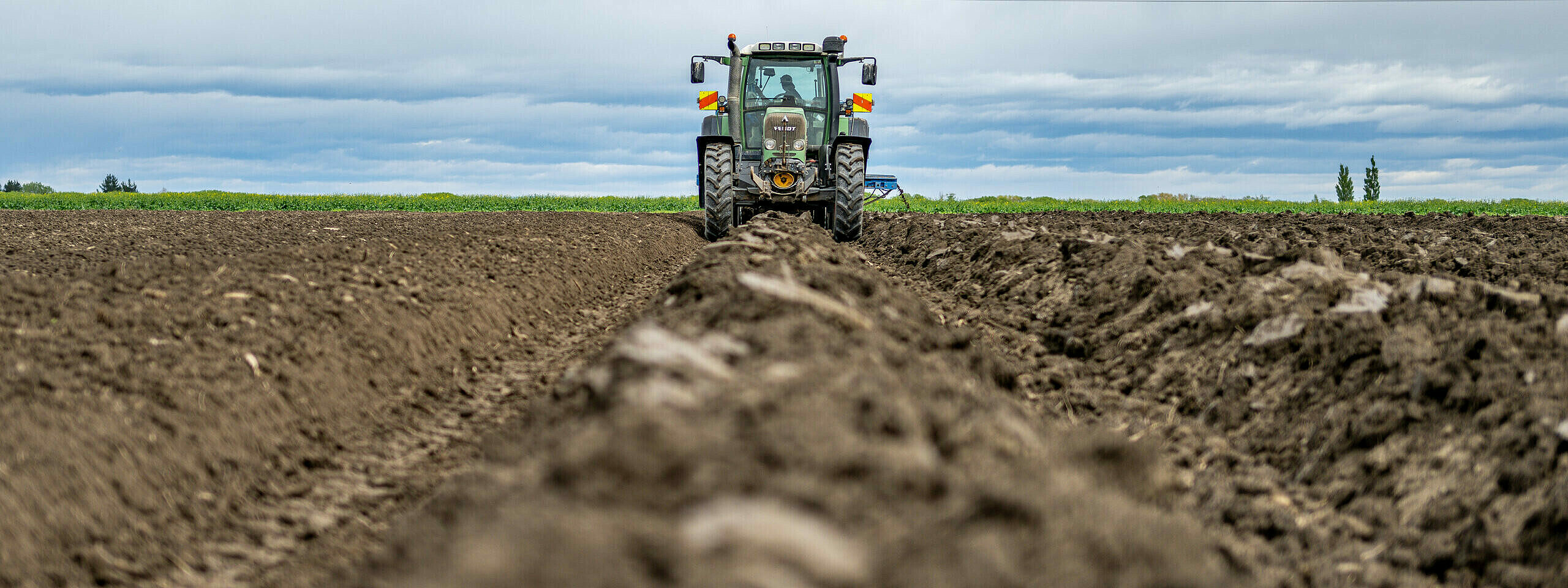Pioneering Change: How Regenerative Agriculture is Transforming Potato Farming in New Zealand
4th November 2024

Overview
Regenerating Together Programme
Read the recent McCain case study on how potato farmers in New Zealand are increasing yields and reducing GHG emissions
Launched by SAI Platform in 2023, the Regenerating Together Programme global framework for regenerative agriculture provides a structured approach to regenerative farming, guiding farmers through context analysis, outcome selection, practice adoption, and ongoing progress monitoring.
The recent McCain case study on potato farming in New Zealand illustrates the tangible benefits of regenerative agriculture, showcasing how they enhance productivity and sustainability. For farmers like Daniel Lovett, whose family has embraced sustainable methods for decades, the framework serves as a valuable tool to refine and improve existing sustainability efforts on farm. By focusing on local contexts and farm-specific challenges, it empowers farmers, along with their technical advisors, to make informed decisions, prioritise key outcomes, and track measurable improvements over time, fostering resilience and profitability.
New Zealand is a significant player in global potato production, generating over half a million tonnes annually. However, in 2012, potato yields for some farmers in the Mid-Canterbury region had plateaued. Through context analysis, potato farmers, including the Lovetts, pinpointed critical limiting factors: low crop diversity, disrupted soil fertility, and ineffective crop rotation cycles.
By adopting regenerative methods, potato farmers, such as the Lovetts, extended their crop rotations from 6 to 9 years, incorporating up to 14 different species to break disease cycles and rejuvenate the soil. They also integrated livestock grazing, using sheep to enhance soil quality.
“We’ve sacrificed short-term profits by growing low-value crops as part of a long-term strategy to maintain soil health”
Daniel Lovett, Lovett Family Farms Ltd.
These changes have yielded tangible benefits. According to the case study, New Zealand potato farmers have seen average yield increases of 25% since the early 2000s, alongside a significant reduction in nitrogen use, which lowers the environmental footprint of their operations.
Additionally, greenhouse gas emissions have decreased by 9% per ton of potatoes produced, a crucial achievement for both environmental goals and economic viability. Progress continues among all engaged farmers, including Lovett Family Farms, as they explore innovations such as AI-driven machinery to precisely target weeds and reduce herbicide use.
“We’re always trying to balance profitability and sustainability. The future of our farm depends on it.”
Daniel Lovett, Lovett Family Farms Ltd.
The principles of regenerative agriculture extend beyond immediate gains as is the case for the Lovett family who embody a commitment to sustainability for future generations. “Sacrificing short-term profits for the benefit of future generations is in our DNA,” Daniel remarks.
As highlighted in the McCain case study, these practices not only restore the land but also pave the way for long-term environmental and economic viability. Innovations like integrated pest management (IPM) and alternative soil management practices are continually explored to further minimise environmental impact. However, challenges remain, particularly the knowledge gap surrounding regenerative agriculture among the public and policymakers. Engaging local politicians and hosting school visits have been effective in raising awareness and are a strong starting point to build broader support for regenerative practices across the region.
Get Involved
SAI Platform seeks to develop more case studies under its Regenerating Together Programme global framework for regenerative agriculture. By adopting regenerative agriculture principles tailored to local contexts, farms like the Lovett Family Farm are leading the way towards a sustainable and profitable agricultural future.